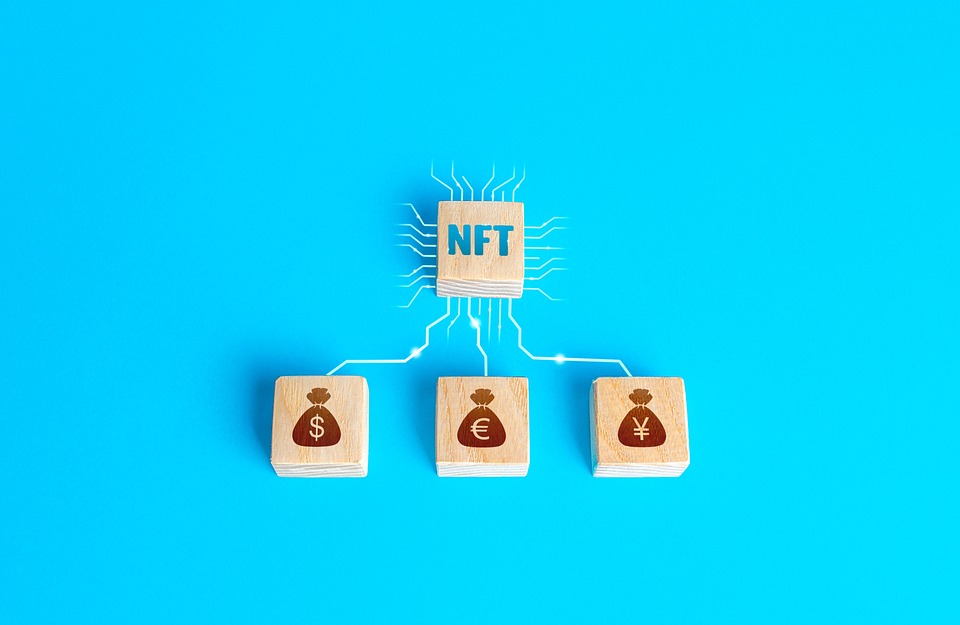The world of cryptocurrency has evolved far beyond its initial foray into the public consciousness with Bitcoin. While Bitcoin remains the poster child for cryptocurrency, a new wave of digital currencies, commonly known as altcoins, is emerging as transformative forces within the financial landscape. These altcoins are not merely adjuncts to Bitcoin; they are driving innovation across various sectors—including decentralized finance (DeFi), non-fungible tokens (NFTs), and supply chain management—creating opportunities for investors who are keen to tap into the next frontier of financial development.
Understanding Altcoins
Altcoins, or alternative coins to Bitcoin, comprise a diverse group that includes everything from established entities like Ethereum to newer projects such as Solana and Cardano. Each altcoin brings its own unique proposition, technological advancements, and use cases, facilitating a dynamic environment where investors can explore multiple avenues for growth. With hundreds of options available, careful consideration is required as the volatility associated with these assets can be extreme.
Key Innovations in Altcoins
1. Smart Contracts and Decentralized Applications
One of the foremost innovations brought forth by altcoins is the advent of smart contracts, primarily facilitated by Ethereum. Smart contracts are self-executing contracts with the terms of the agreement directly written into code. They eliminate the need for intermediaries, thereby reducing costs and enhancing transaction speed. Furthermore, decentralized applications (DApps) have gained traction, allowing developers to create user-driven software solutions across numerous sectors—including finance, gaming, and supply chain management.
2. Decentralized Finance (DeFi)
DeFi has arguably been one of the most impactful developments in the altcoin space. By removing intermediaries from financial services, DeFi protocols enable individuals to lend, borrow, trade, and earn interest on their holdings without the traditional banking infrastructure. Protocols like Aave, Uniswap, and Compound provide lucrative avenues for earning passive income through yield farming or liquidity provision. This shift toward decentralized services promises greater accessibility and inclusivity within the financial ecosystem.
3. Interoperability Protocols
As the cryptocurrency landscape expands, the need for interoperability among different blockchain networks has become evident. Altcoins like Polkadot and Cosmos are leading the charge in this domain, allowing various blockchains to communicate and interact with one another. This development could significantly streamline processes and expand the usability of cryptocurrencies, encouraging broader adoption by businesses and consumers alike.
4. Sustainability Solutions
In light of increasing concerns over energy consumption within the cryptocurrency space, altcoins such as Cardano and Algorand have emerged with environmentally-friendly protocols. These platforms utilize proof-of-stake consensus mechanisms, which require significantly less energy than traditional proof-of-work models. As sustainability takes center stage in global discourse, these altcoins are well-positioned to attract environmentally-conscious investors and users.
Investor Considerations
Investing in altcoins comes with unique challenges and opportunities. Here are several considerations for potential investors:
1. Volatility and Risk
Altcoins can be significantly more volatile than Bitcoin. Their value can fluctuate wildly in reaction to market trends, technological advancements, or regulatory changes. Therefore, investors must conduct thorough research and assess their risk tolerance before diving into altcoin investments.
2. Technological Development and Roadmaps
The success of an altcoin often hinges on the strength of its underlying technology and the development team’s ability to execute their roadmap. Investors should investigate the technological innovations that differentiate a particular altcoin and evaluate the credibility and track record of its development team.
3. Market Adoption and Utility
An altcoin’s market adoption and utility play crucial roles in its potential for future growth. Assessing how widely adopted the technology is, its partnerships with businesses, and the real-world problems it aims to solve can offer insights into its long-term viability.
4. Regulatory Environment
Given the evolving regulatory landscape for cryptocurrencies, investors must stay informed about potential changes in legislation that could impact the viability of altcoins. Changes in regulations can have far-reaching effects on market sentiment and the feasibility of certain projects.
Conclusion
The emergence of altcoins is revolutionizing the financial landscape, offering novel solutions and alternatives to traditional systems. Investing in innovation through altcoins presents a unique opportunity for investors willing to navigate the associated risks.
As the cryptocurrency ecosystem matures, those who keep a keen eye on the disruptive altcoins making headlines can carve out a position in the new economic order. Understanding the intricacies of smart contracts, DeFi, interoperability, and sustainability will empower investors to make informed decisions, positioning themselves at the forefront of financial innovation.




